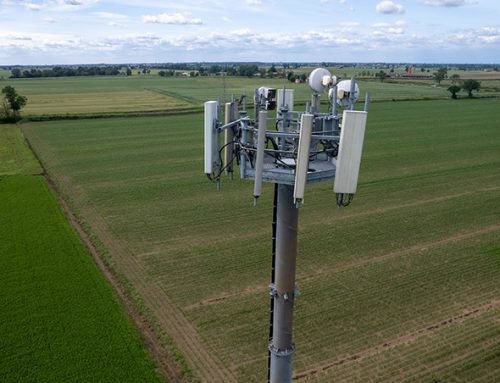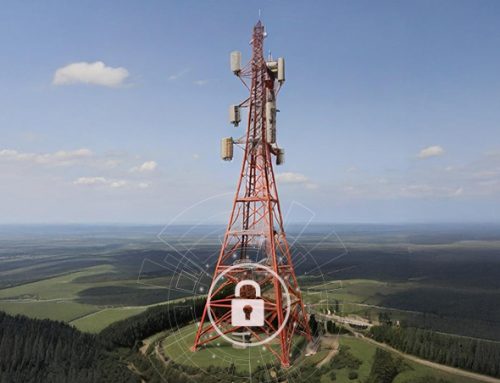The rollout of 5G networks has the potential to revolutionize the way we live, work, and interact with technology. With its ultra-fast speeds, low latency, and massive number of connected devices, 5G is poised to bring about a new era of innovation and transformation. Beyond the usual suspects of spectrum and compatible devices availability.
A successful 5G deployment or use-case implementation requires careful consideration of several additional key nuances.
- Network Planning and Design
One of the most important aspects of a successful 5G deployment is careful planning and design of the network. This involves considering factors such as network coverage, capacity, and performance, as well as the unique requirements of different use cases, such as enhanced mobile broadband (eMBB), massive machine-type communications (mMTC), and ultra-reliable low-latency communications (URLLC). Network planning and design should also consider the underlying infrastructure, including the type and location of network nodes and the availability of fibre or other backhaul connectivity. - Survey for use case assessment
While planning and designing is one of the most critical components, proper survey plays a very critical role in proper planning and designing by providing valuable insights into the topology, current network infrastructure and usage patterns of the target user group. The survey parameters may differ based on use case. E.g. a robotics use case may require inputs around floor area topology mapping while a video analytics related survey may involve the aerial topology mapping. - Interoperability of the Multi-vendor ecosystem in play
Standards and interoperability are critical components of any successful 5G deployment. Ensuring that various components of the 5G network are interoperable and pre-integrated through thorough testing is essential for ensuring the seamless delivery of 5G services and applications. They lead to faster deployment and easier maintenance. This is a critical criterion even in choosing the right vendor ecosystem for the use case in question. - Post integration Monitoring, Optimization & Operations
It is critical for network operators to align network KPIs post integration and continuously monitor performance to identify potential issues, such as congestion or coverage gaps. This can then be used to optimize network settings, such as configuration, power levels or feature enablement. In addition, a 24/7 NOC support is critical in order to ensure efficient network operations and maximize the return on investment.
- User Experience
The user experience is a critical factor in the success of any 5G deployment. The high speeds and low latency of 5G networks have the potential to deliver an incredibly fast and responsive user experience, but it is important to ensure that the user experience is consistent and reliable across different devices, networks, and use cases. This requires careful consideration of factors such as network quality, device compatibility, and application performance, as well as the development of new and innovative user experiences that take advantage of the unique capabilities of 5G networks.
Tata Communications Transformation Services (TCTS) can play a crucial role as an end-to-end provider for 5G deployment. TCTS has standardized processes offering comprehensive solutions from network planning & design to network procurement, installation, commissioning, and ongoing support and maintenance. TCTS’ team of experts with diverse skill sets include network design, network rollout, project management, and regulatory compliance. This can help simplify the deployment process and reduce the time and effort required for a successful deployment.


























![Telco Cloud: A Key Enabler to Telco Transformation [Part 1]](https://www.tatacommunications-ts.com/wp-content/uploads/2023/06/Telco-Cloud-blog_image-1-500x383.png)



